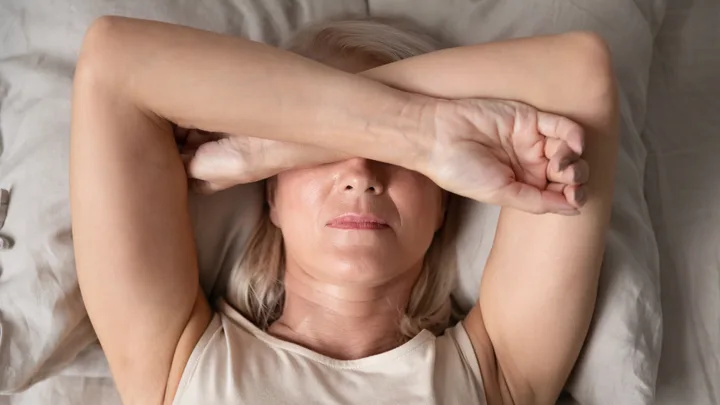For years, the conversation around menopause has largely focused on oestrogen and progesterone, but increasingly, testosterone is making its way into the spotlight.
Naturally occurring in the body, testosterone is produced primarily by the ovaries and adrenal glands, and its levels gradually rise during puberty before peaking in a woman’s early twenties.
From the mid-thirties onwards, levels begin to decline slowly, and this drop becomes more significant as women move into perimenopause and menopause, often contributing to changes in energy, mood, and sexual desire.
“When most people hear the word testosterone, they think of men, muscles, or the gym. But women need testosterone too, just in smaller amounts. For many, especially after menopause, topping up those levels can make a huge difference,” explains Dr Ceri Cashell, a women’s health GP and co-founder of education platform, Healthy Hormones.
Currently, testosterone is only licensed to treat hypoactive sexual desire disorder (HSDD) in post-menopausal women, a disorder that involves a persistent lack of libido.
But there is growing research that has found testosterone therapy can help with a range of symptoms associated with menopause, including cognitive function, bone density, mood, pain, and migraines.
“For some women, testosterone therapy can be life-changing. For some, it is the icing on the cake, and for others, it makes no difference at all. While it is licensed for HSDD, many of my patients report increased energy, motivation, decreased joint pain, mental clarity and improvements in mood,” says Dr Cashell.

Similar to other hormonal replacement therapies, testosterone therapy involves applying a cream to the skin, allowing it to be absorbed into the bloodstream.
“Like any hormone, testosterone needs to be used thoughtfully. Side effects can include acne, increased facial hair, or occasionally hair loss, especially if the dose is too high. That’s why it’s essential to monitor symptoms and blood levels,” explains Dr Cashell.
The testosterone gap
Although it has been approved for years in Australia to treat HSDD, it remains largely an off-label treatment for other symptoms, which means it’s prescribed for an indication that hasn’t yet been formally approved by the Therapeutic Goods Administration (TGA). Without being listed on the Pharmaceutical Benefits Scheme (PBS), patients must bear the cost themselves, making it out of reach for many.
This has led to advocates campaigning to have it added to PBS, in hopes of rectifying the inequality. A petition, which Dr Cashell co-created, has over 10,000 signatures.
“Currently, men have nine testosterone products on the PBS, and women have none. It’s unacceptable that half the population is being left out of safe, regulated treatment,” she says.
At present, the only testosterone therapy for women is over $100 per tube, a cost that can quickly add up when used long term.
In March this year, two menopausal hormone therapies were added to the PBS, the first to be subsidised by the government in over two decades, giving advocates hope that testosterone is next.
This article is for general information only and is not a substitute for medical advice. Always consult your GP or a qualified healthcare professional before starting any new treatment.

